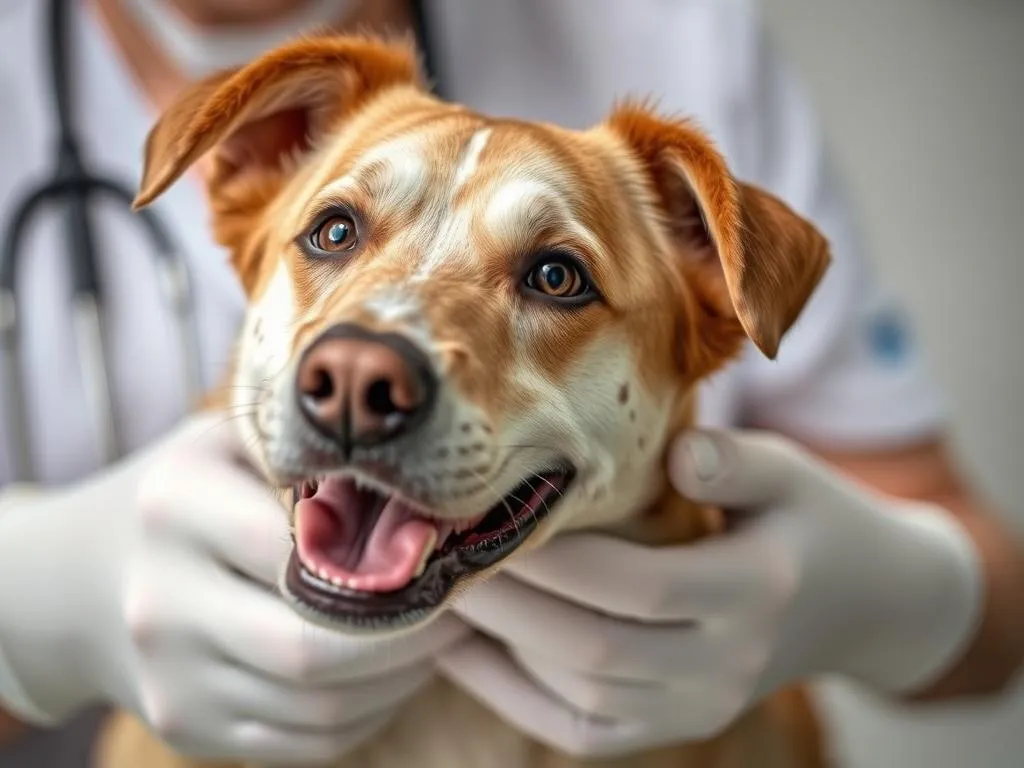
Introduction
Neutering and spaying are common surgical procedures recommended for dogs, aimed at controlling pet populations and promoting better health and behavior. Neutering refers to the surgical removal of a male dog’s testicles, while spaying is the equivalent procedure for female dogs, involving the removal of the ovaries and usually the uterus. Both procedures are crucial in addressing overpopulation, which leads to many dogs ending up in shelters.
Recent advancements in veterinary practices have introduced innovative techniques, including laser neutering and spaying. Understanding these procedures and their benefits can help pet owners make informed decisions regarding their pets’ health.
Understanding Neutering and Spaying
What is Neutering?
Neutering is a surgical procedure designed to prevent male dogs from reproducing. The operation involves the removal of the testicles, which eliminates the production of sperm and testosterone.
Despite the clear benefits, several misconceptions surround neutering. Many people believe it will alter their dog’s personality or lead to weight gain. However, while some behavioral changes can occur, neutering primarily reduces aggression and roaming tendencies, making for a more well-behaved pet.
What is Spaying?
Spaying is the female equivalent of neutering, involving the surgical removal of the ovaries and often the uterus. This procedure not only prevents unwanted pregnancies but also eliminates the heat cycle, making life easier for both the dog and the owner.
Misunderstandings about spaying include the notion that it is an unnecessary procedure or that it is too risky for older dogs. In reality, spaying can prevent various health issues, including certain cancers and infections.
Why Are These Procedures Recommended?
Both procedures come with numerous health and behavioral benefits.
- Health Benefits: Neutered dogs have a lower risk of certain cancers and prostate problems, while spayed females are less likely to develop uterine infections and mammary tumors.
- Behavioral Benefits: Altered dogs often display fewer aggressive tendencies and reduced roaming behaviors, which means they are less likely to get lost or injured.
- Population Control: Neutering and spaying are vital components of responsible pet ownership, helping to minimize the number of homeless and abandoned pets.
Traditional vs. Laser Neutering and Spaying
Traditional Methods
Traditionally, neutering and spaying involve extensive surgical techniques that require larger incisions and more invasive procedures. Recovery times can be longer, and pain management is often more complex. Pets may experience more discomfort and require additional care during their recovery period.
The Laser Technique
Laser neutering and spaying represent a significant leap forward in veterinary surgical practices. The use of laser technology allows for more precise incisions, minimizing damage to surrounding tissues. This technique is less invasive than traditional methods, leading to various advantages for both the pet and the veterinarian.
Advantages of Laser Procedures
- Reduced Bleeding and Tissue Damage: The laser seals blood vessels as it cuts, which greatly reduces bleeding and associated risks.
- Minimally Invasive Approach: Smaller incisions lead to less trauma, meaning less pain for the dog and a more straightforward recovery.
- Shorter Recovery Times: Many pets experience quicker recovery and return to their normal activities sooner compared to traditional surgical methods.
The Procedure of Laser Neutering and Spaying
Pre-Procedure Considerations
Before undergoing laser neutering or spaying, dogs typically require a health assessment and pre-surgery tests, including blood work. Pet owners may need to follow specific instructions, such as fasting their dogs for a certain period prior to the surgery to ensure a safe anesthesia experience.
The Surgical Process
The actual surgical process for laser neutering and spaying is relatively swift. The veterinarian will administer anesthesia to ensure the dog is completely unconscious and pain-free. Using the laser, the surgeon makes a small incision, performs the necessary removal of reproductive organs, and then closes the incision with minimal suturing.
The entire procedure usually lasts between 30 minutes to an hour, depending on the dog’s size and health status.
Post-Procedure Care
After surgery, pets are monitored closely for any immediate reactions to anesthesia. Pet owners should watch for signs of pain or discomfort when their dog returns home.
- At-home care instructions may include limiting activity, administering prescribed pain medications, and ensuring the incision site remains clean and dry.
- Signs of complications to watch for include excessive swelling, redness, or discharge from the incision site, as well as lethargy or lack of appetite. If any of these occur, it’s crucial to contact the veterinarian promptly.
Cost Considerations
Average Cost of Laser Neutering and Spaying
The cost of laser neutering and spaying can vary significantly based on several factors. On average, pet owners can expect to pay between $200 to $500 for laser procedures, depending on the dog’s size, age, and health.
Factors Influencing Cost
Several factors can influence the price of the procedure:
- Geographic Location: Costs may vary based on the region and local veterinary practices.
- Veterinary Practice Reputation: Established clinics with experienced veterinarians may charge more for their services.
- Additional Services: Pets may require pre-operative tests, vaccinations, or post-operative care, which can add to the total cost.
Frequently Asked Questions (FAQs)
Is laser neutering/spaying safer than traditional methods?
Yes, laser neutering and spaying are generally considered safer due to reduced bleeding and trauma, leading to fewer complications.
What is the recovery time for laser procedures?
Most dogs recover more quickly from laser procedures, often resuming normal activities within a few days compared to traditional methods, which may take one to two weeks.
Are there any risks or side effects?
As with any surgical procedure, there are risks involved, including reactions to anesthesia and infection. However, these risks are minimal with laser techniques, and complications are rare.
How can I prepare my dog for the procedure?
Preparation includes following your veterinarian’s guidelines regarding fasting, ensuring your dog is in good health, and arranging for transportation to and from the veterinary clinic.
Can older dogs undergo laser neutering/spaying?
Yes, older dogs can undergo laser neutering and spaying. However, a thorough health assessment is crucial to ensure they are suitable candidates for surgery.
Conclusion
The advantages of laser neutering and spaying for dogs cannot be overstated. These advanced procedures offer quicker recovery times, reduced pain, and minimal complications compared to traditional methods. Pet owners are encouraged to consult with their veterinarians to discuss the best options for their beloved companions. Understanding these procedures will not only benefit your pet’s health but also contribute to responsible pet ownership and population control.
References
- List of credible sources and studies supporting the information provided in the article.









